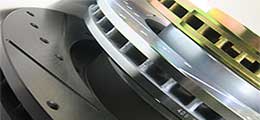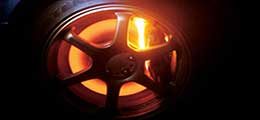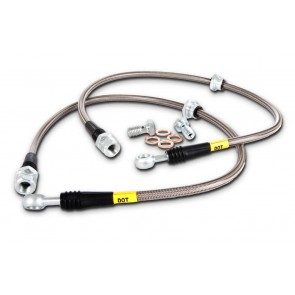Stainless Steel Lines
-
1988 Mercedes Benz 190E 2.6 (W201) Stainless Steel Brake Lines
FromFrom $55.42 -
1989 BMW 325 Series (E30) Stainless Steel Brake Lines
FromFrom $55.42 -
1989 BMW 325 Series (E36) Stainless Steel Brake Lines
FromFrom $55.42 -
1989 BMW 328 Series (e30) Stainless Steel Brake Lines
FromFrom $55.42 -
1989 BMW 328 Series (E36) Stainless Steel Brake Lines
FromFrom $55.42 -
1989 BMW 525i Stainless Steel Brake Lines
FromFrom $55.42 -
1989 BMW 535i (E34 E60 E61) Stainless Steel Brake Lines
FromFrom $55.42 -
1989 BMW 735 Stainless Steel Brake Lines
FromFrom $55.42 -
1989 BMW 735i Stainless Steel Brake Lines
FromFrom $55.42 -
1989 BMW 735il Stainless Steel Brake Lines
FromFrom $55.42 -
1989 BMW 750iL Stainless Steel Brake Lines
FromFrom $55.42 -
1989 BMW M3 Stainless Steel Brake Lines
FromFrom $55.42 -
1989 Ferrari 348 GTB Stainless Steel Brake Lines
FromFrom $78.75 -
1989 Ferrari 348 GTS Stainless Steel Brake Lines
FromFrom $78.75 -
1989 Mercedes Benz 190E 2.3 (W201) Stainless Steel Brake Lines
FromFrom $55.42 -
1989 Mercedes Benz 190E 2.6 (W201) Stainless Steel Brake Lines
FromFrom $55.42 -
1989 Mercedes Benz 300E (W124) Stainless Steel Brake Lines
FromFrom $55.42 -
1989 Nissan 240SX Stainless Steel Brake Lines
FromFrom $55.42 -
1989 Nissan 300ZX Stainless Steel Brake Lines
FromFrom $55.42 -
1989 Nissan 300ZX Turbo Stainless Steel Brake Lines
FromFrom $55.42 -
1990 Acura Integra Stainless Steel Brake Lines
FromFrom $78.75 -
1990 BMW 325 Series (E30) Stainless Steel Brake Lines
FromFrom $55.42 -
1990 BMW 325 Series (E36) Stainless Steel Brake Lines
FromFrom $55.42 -
1990 BMW 328 Series (e30) Stainless Steel Brake Lines
FromFrom $55.42 -
1990 BMW 328 Series (E36) Stainless Steel Brake Lines
FromFrom $55.42 -
1990 BMW 525i Stainless Steel Brake Lines
FromFrom $55.42 -
1990 BMW 535i (E34 E60 E61) Stainless Steel Brake Lines
FromFrom $55.42 -
1990 BMW 735 Stainless Steel Brake Lines
FromFrom $55.42 -
1990 BMW 735i Stainless Steel Brake Lines
FromFrom $55.42 -
1990 BMW 735il Stainless Steel Brake Lines
FromFrom $55.42
Most drivers don’t think up the processes that happen when they step on the brake pedal to stop their car. At least probably not until there is something wrong or maybe if you’re a car enthusiast—that’s just the reality of it but we would like to help inform everyone.
The processes that occur when you step on your brake pedal to slow or stop your car relies on one, among a few, major components. One of these components are the brake hoses or brake lines. Brake lines are the medium in the braking process; they are responsible for transferring the force that comes from pushing down on the brake pedal to other brake components like the brake calipers (through the use of brake fluid and hydraulic pressure). To help illustrate what happens, here is a chain of occurences when brakes are applied:
Brake pedal >> master cylinder >> brake lines >> brake caliper >> brake rotor
>>>>>>>>>>>>>> brake fluid >>>>>>>>>>>>>>>
The force of pressing down on your brake pedal is transferred by brake fluid from the master cylinder through the brake lines to the brake calipers. Hydraulic pressure allows the brake calipers to clamp the brake pads onto the brake rotors. If the brake lines do not work, your brakes will not work.
There are two types of brake lines: rubber and stainless steel (SS lines). What come standard on most vehicles are standard, rubber brake lines. We offer both standard OE replacement brake hoses and SS lines for most applications. For more information about brake line/brake hose, check out our blog article:











